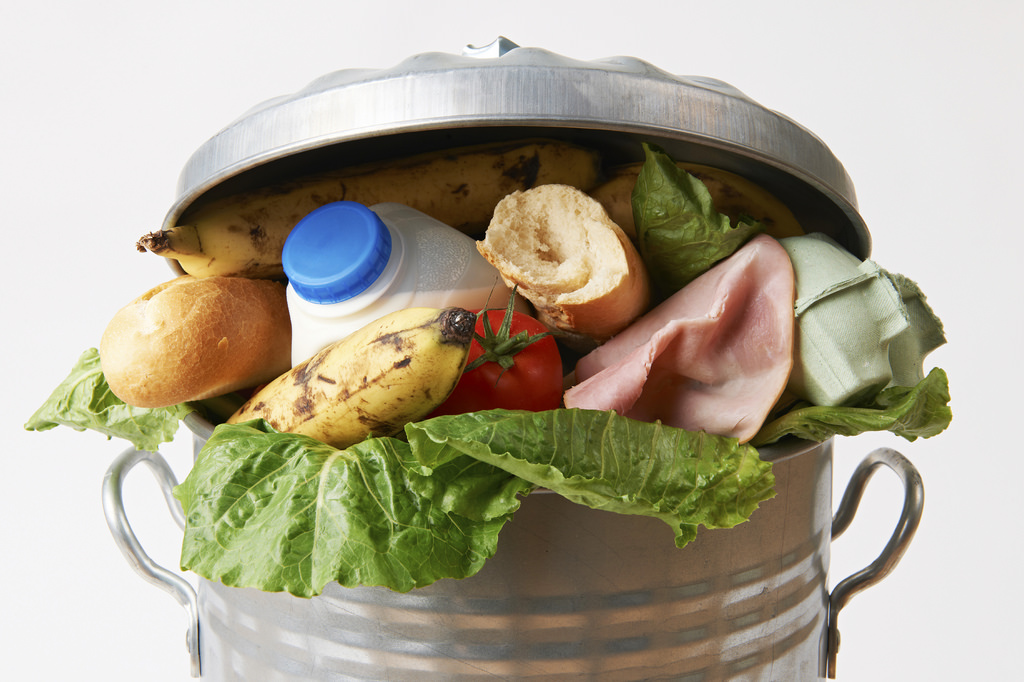 By Ryan Parker
By Ryan Parker
Many a Mainer still remembers the grandmotherly advice against wasting food. Yet in this day-and-age, that sage advice too often goes unheeded.
Roughly 40% of the food produced for human consumption in the United States is wasted annually. To put this into perspective, imagine buying a bag of ten apples and throwing 4 of them straight into the garbage. Now imagine doing that with 40% of everything.
This much waste costs the average family of four $1,500 per year. Ninety-seven percent of our food waste goes into the landfill, representing the largest component of our municipal waste. In Maine, this costs property tax payers hundreds of thousands of dollars annually.
More importantly, food waste in landfills creates millions of pounds of methane gas, affecting earth’s climate even more than CO2, which makes it harder for farmers to produce food. That said, food waste also contributes the equivalent of 4.4 gigatons CO2 emissions to the atmosphere. Reducing food waste by 50 percent would result in avoided emissions equal to 26.2 gigatons by 2050.
Paul Hawken’s book, Drawdown, indicates that eight of the top twenty—and three of the top five—most important steps we can take to reverse climate change relate to food. Number three in Hawken’s book? Reduce food waste.
Most people do not think that they waste food. Statistically, however, most of us waste more than we think. Contrary to popular perception, the majority of food waste comes not from farms, restaurants, grocery stores or other institutions, but from households.
There are many easy, and often delicious, steps we can take as individuals to reduce our food waste footprint. First, check out SavetheFood.com, a joint project between the Natural Resources Defense Council and the AdCouncil. There you’ll find lots of helpful tips to head off food waste with meal plans, shopping lists, and other tricks. But once we’ve successfully reduced our own food waste, how can we reach the most people in other households to help solve this global problem?
Think about your local school. Maine’s public schools waste more than 7 million pounds of food annually. Public schools operate under guidelines, mandates, and often, budget constraints that make change dif cult. But we, as parents and local, concerned citizens, can help teachers, administrators and students overcome these challenges by volunteering in ways that aim to reduce food waste in our schools.
You can help create share tables, which allow students to return uneaten, unopened food so others can access it; give food waste to a local farmer who can feed it to livestock—and, with whatever waste is left, help create an on-site composting and school garden program. While schools as a sector contribute very little to the overall food waste pie, today’s students are tomorrow’s household food purchasing/preparing decision makers. If they grow up understanding the issue of food waste, we will have made a real difference in our local, state, and global community.

Ryan Parker is the Sustainable Maine Policy Advocate for the Natural Resources Council of Maine. Prior to joining NRCM, Ryan owned and operated Parker Family Farm, a micro-scale family farm that produced chemical-free vegetables and heritage breed, pastured/woodland animals. As NRCM’s “Food Guy,” Ryan works with schools around Maine by leading NRCM’s efforts to help schools reduce food waste.
Would you like some more handy tips to get you started with conserving food waste? Click here.








1 Comment